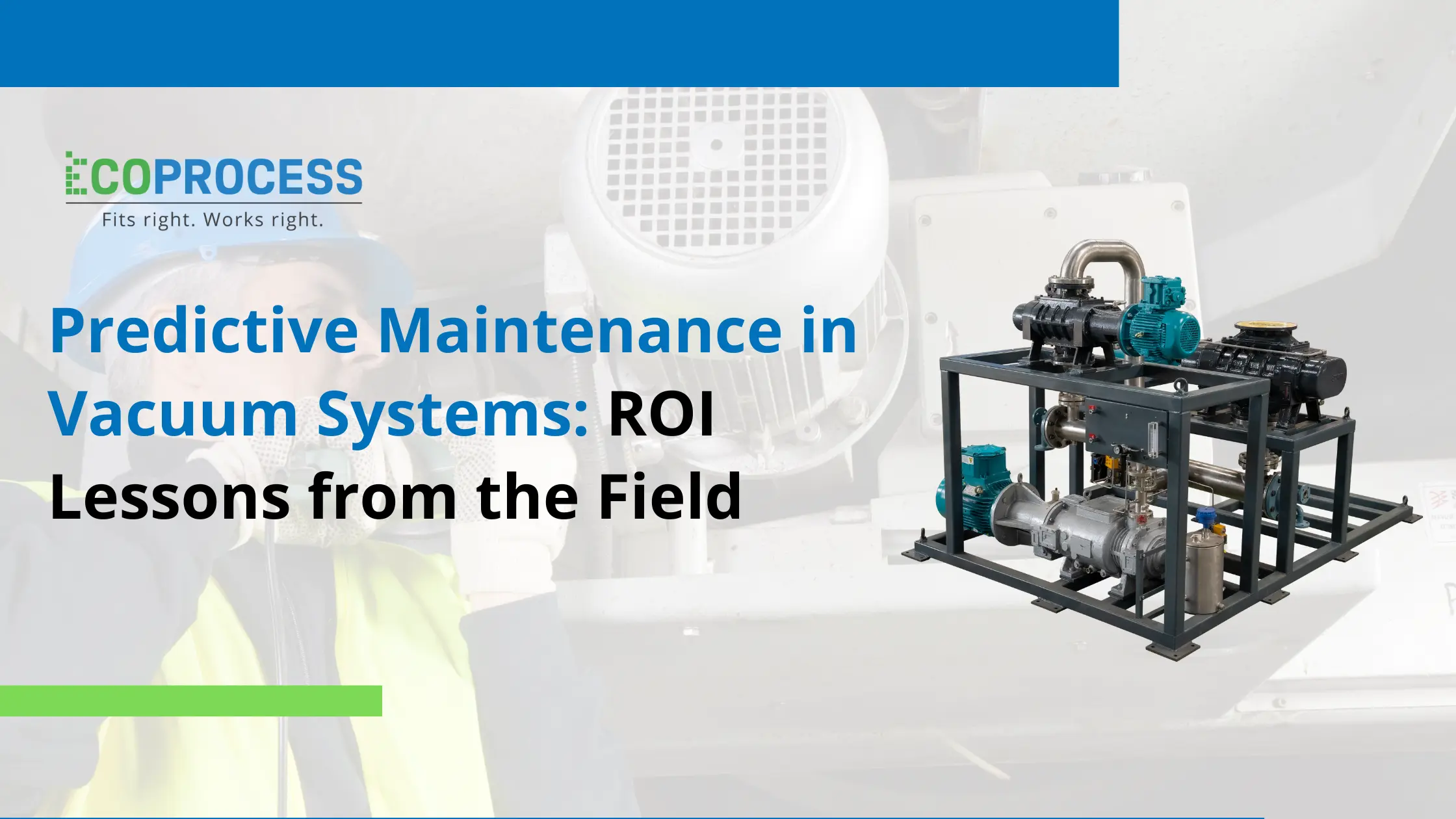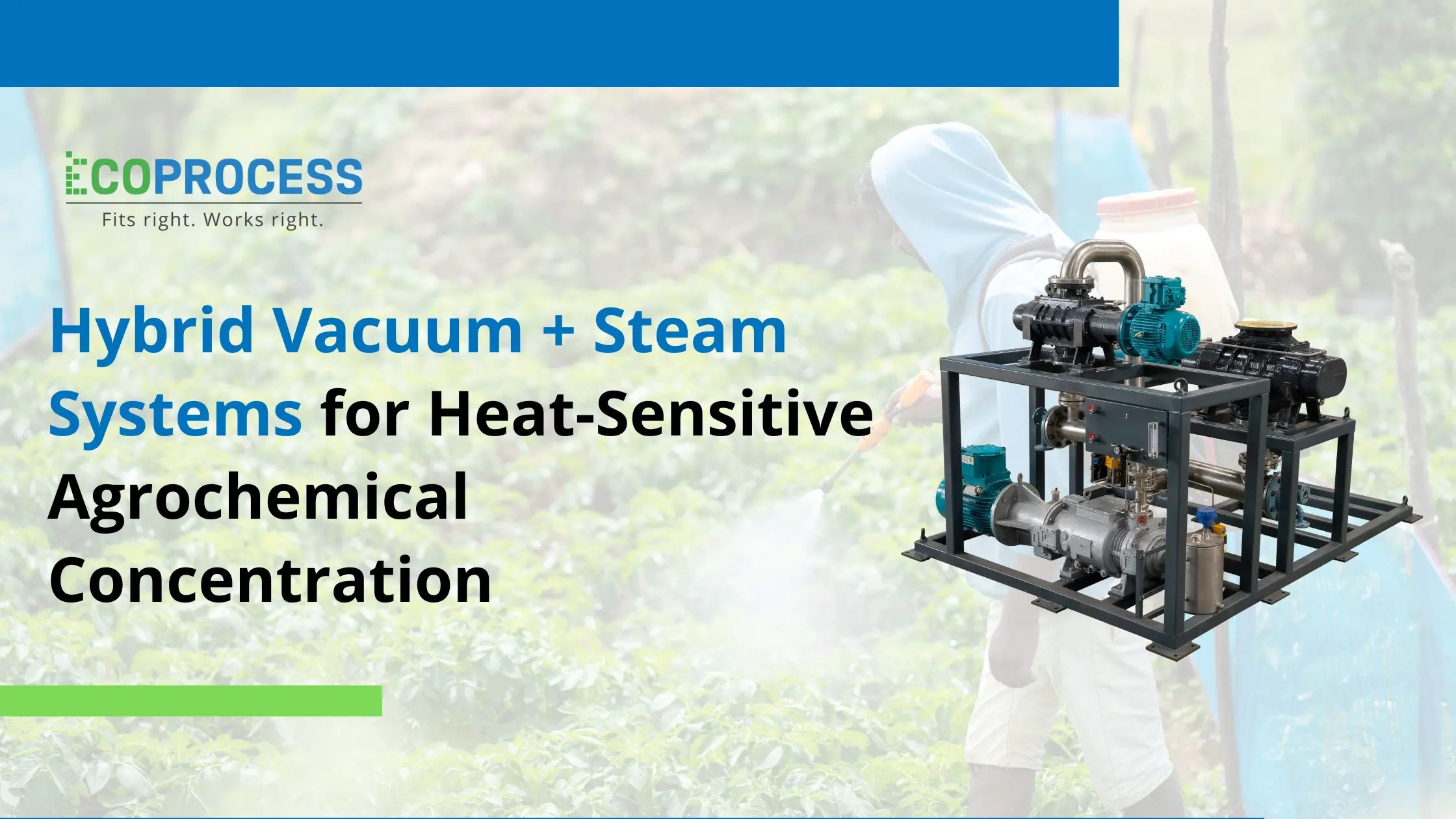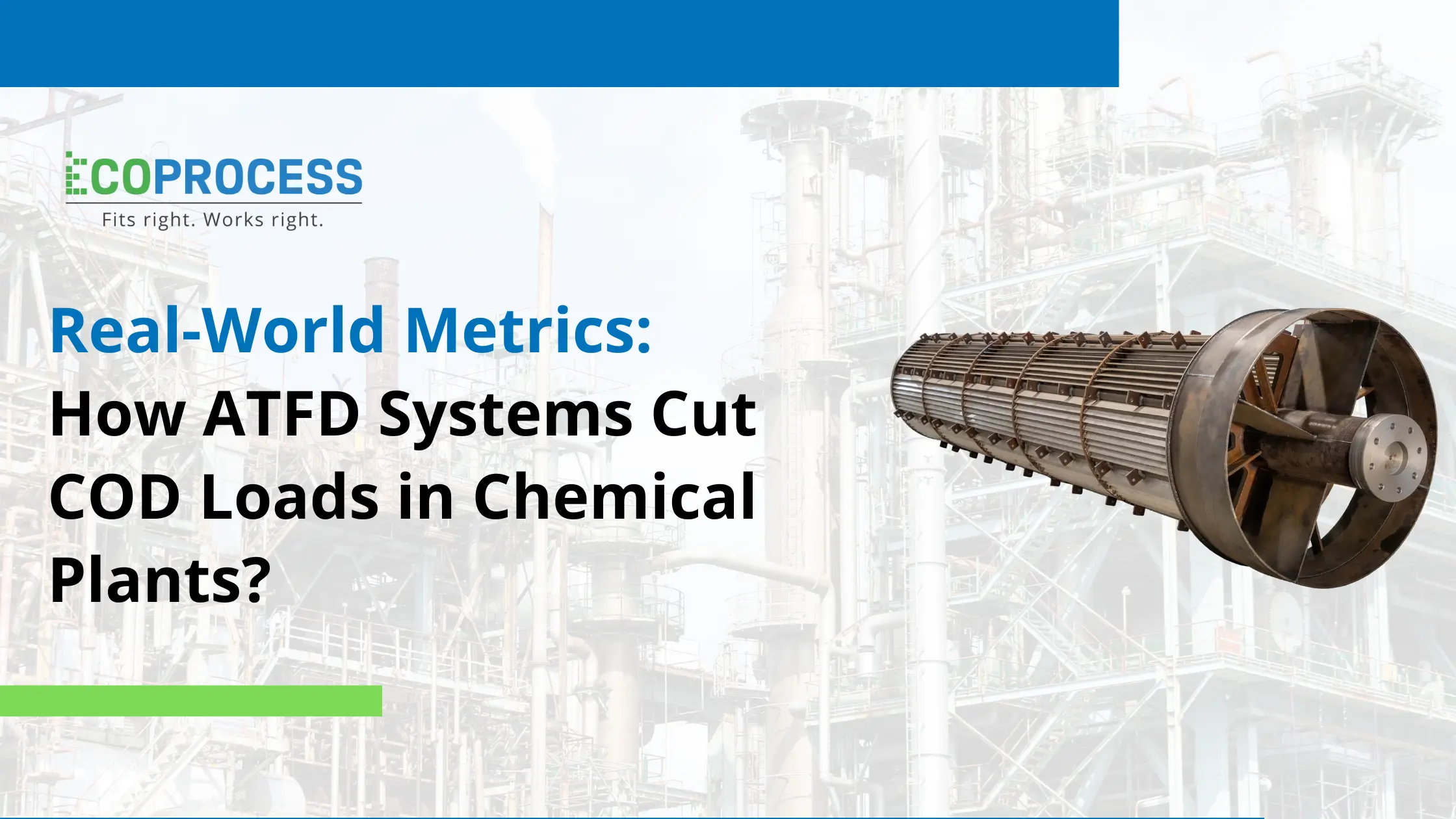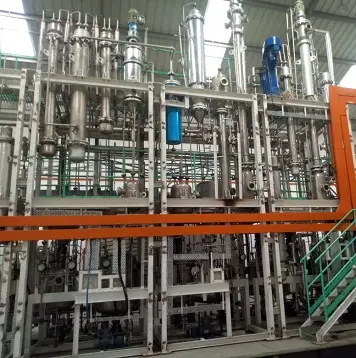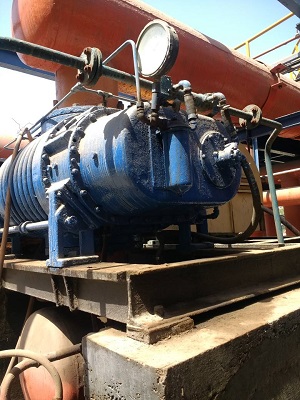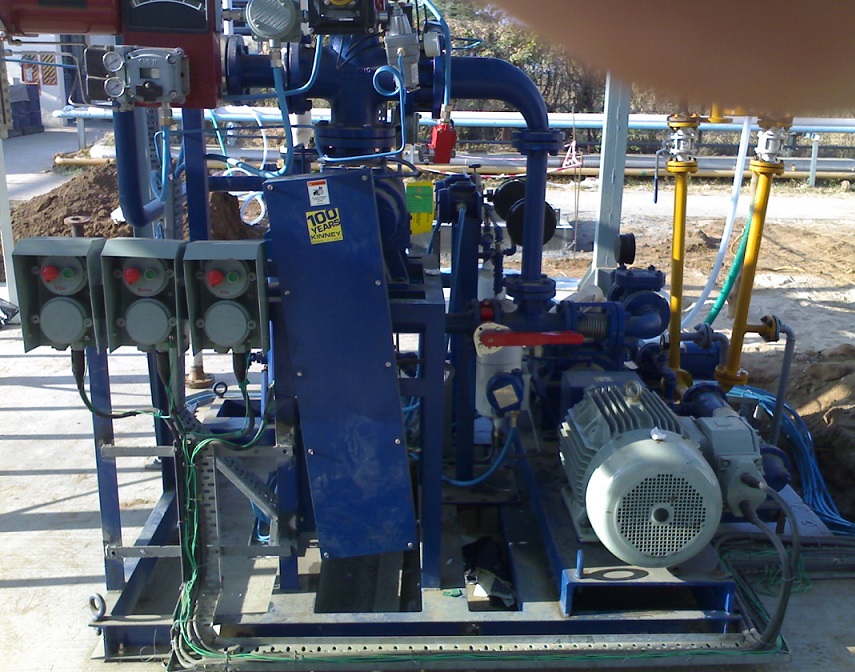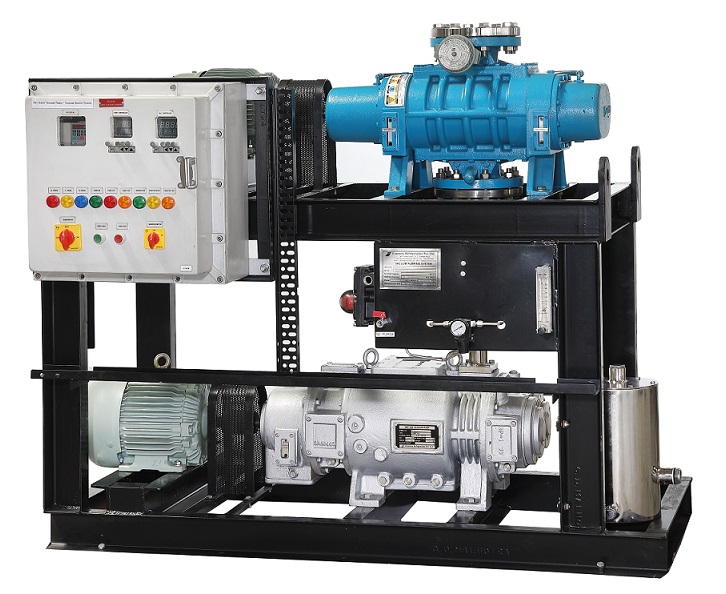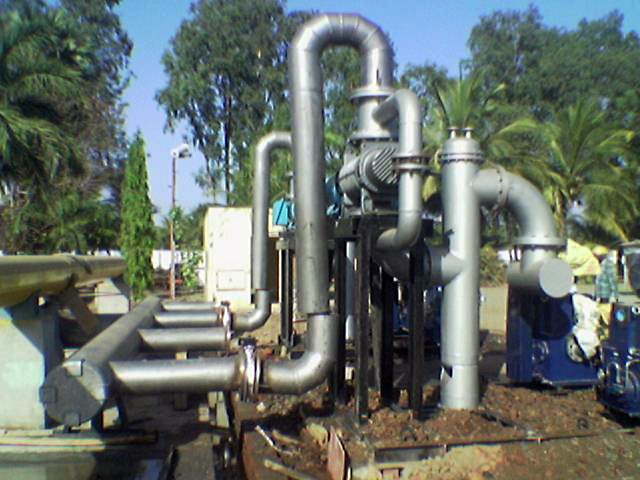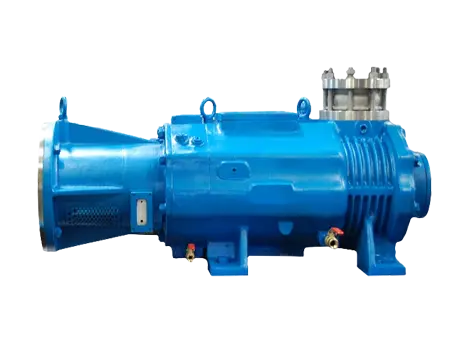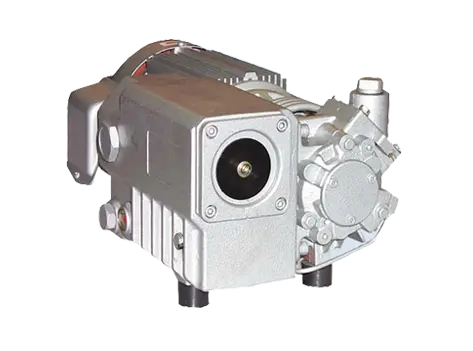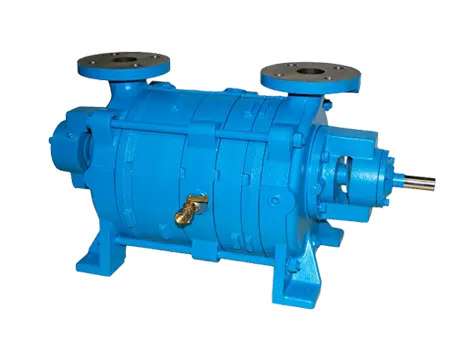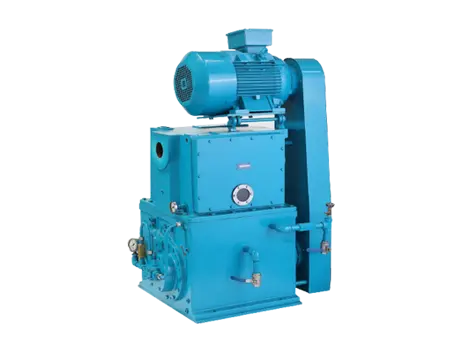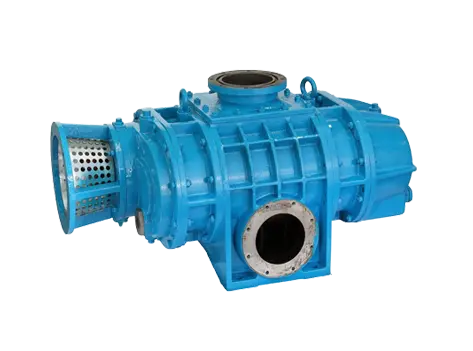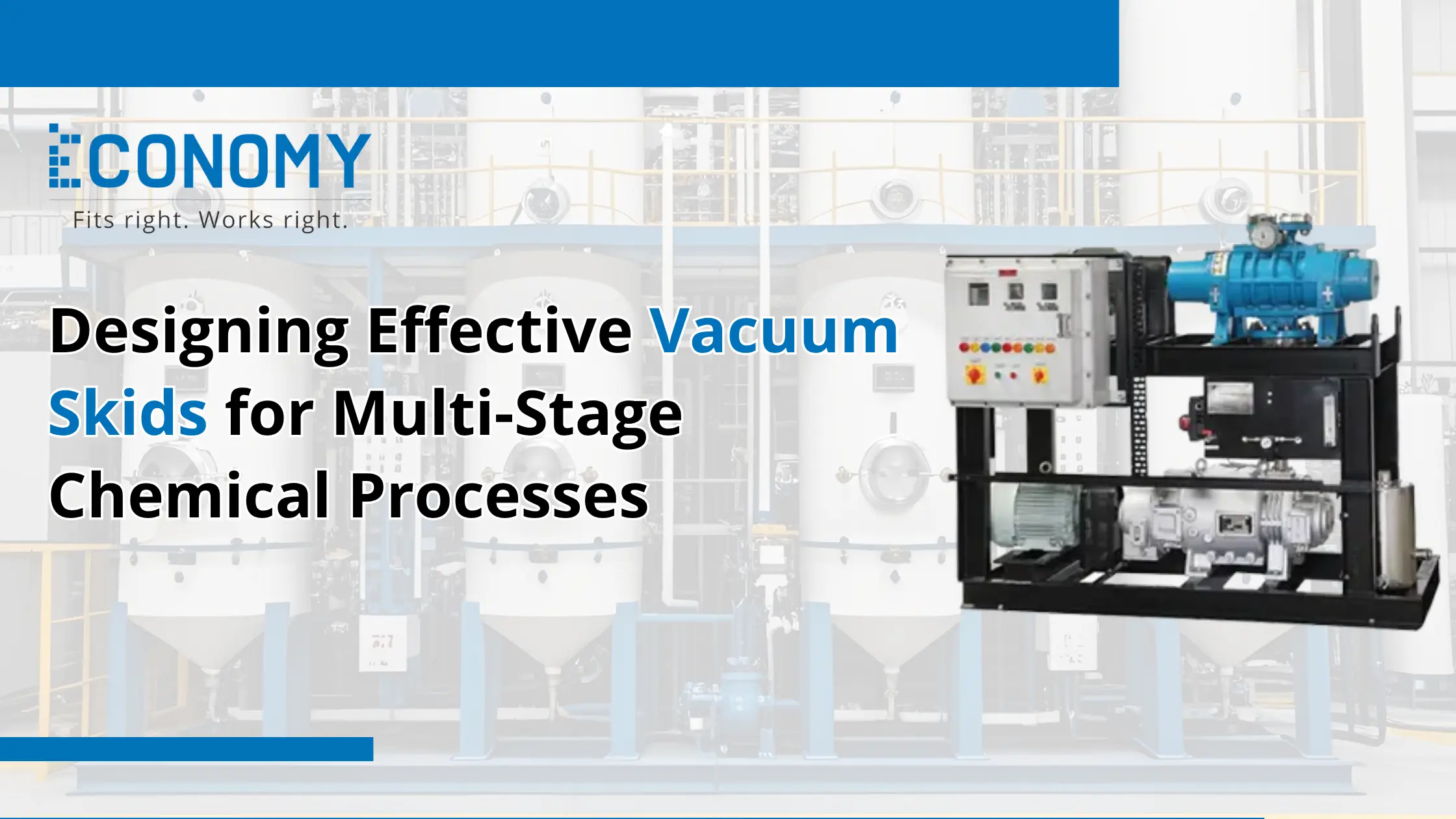
Designing Effective Vacuum Skids for Multi-Stage Chemical Processes
Today, no company can do without efficient operations, a high level of safety and modular flexibility—these are essential to business success. A vacuum skid system represents the embodiment of these key elements.
In both the chemical and energy fields, vacuum skids are key for keeping production reliable and safe for the environment and staff. We’ll learn about vacuum skids, examine the benefits of multi-stage arrangements and understand why today’s industrial companies rely on engineered skids.
What is a Vacuum Skid?
A vacuum skid combines pre-engineered modules into a compact frame you can move and assemble as needed. All the necessary components, including vacuum pumps, separators, filters, instrumentation and control systems, are worked into one entire unit.
Skids of this kind are produced for tasks where controlled gas removal is essential, done at specific vacuum levels. Regardless of your need for degassing, distillation, drying or vapour recovery, a skid system can be ready faster and do its job even better than most onsite systems.
Although the pump is essential, a vacuum skid’s true advantage lies in how well the different subsystems are designed to operate together consistently, safely and with little effort.
Multi-Stage Configurations
Although single-stage systems may be enough for simple tasks, multi-stage vacuum systems are developed for tougher or high-vacuum uses. To lower pressure further, several vacuum pump stages are connected so the next pump takes over after the previous one.
Common configurations include:
-
The two-stage system is a good fit for medium vacuum (1 to 10 Torr) and is used with rotary vane or liquid ring pumps designed for dealing with solvents.
-
Three-stage systems: They are most needed in chemical and pharmaceutical industries because they require very low pressure and to resist contaminants.
Hybrid skids are flexible and can manage corrosive gases, solvents and particulates by combining dry screw pumps, boosters and liquid ring pumps.
Because of their design, multi-stage vacuum systems do not overload one pump when trying to reach very low pressures. They are especially helpful when the process involves variable gas loads, or a lot of material will be flowing.
Benefits of Skid Systems
Skid-mounted vacuum systems are popular because they can be expanded easily and are small and efficient to use. Here's what makes the program great:
-
Modular Design
Vacuum skid systems are complete systems that can be modified for each customer's project needs. Because the equipment can be added or removed, new applications can be adopted, or the lines can be expanded quickly.
-
It is simple to install.
Because everything is put together and tried beforehand, all you need to do is set everything up. As a result, the project is built significantly faster.
-
Reduced Footprint
Since these systems are designed to require very little area, they are useful in situations where compact equipment is necessary.
-
Greater Security and Easy Maintenance
Vacuum Skid Systems usually have built-in safety measures, alarms and systems for observation and safety all the time. It is easier to maintain systems because all parts are simple to reach.
-
The ability to tailor the product and use it for any size system
All industries and processes require different needs. If desired, vacuum skids can be designed to work with specific needs like pressure levels, what chemicals they are exposed to, the level of automation and how they connect with existing systems.
EPS Offerings
EPS is renowned for its revolutionary work in the area of custom vacuum and pressure systems. Using deep experience in this field, EPS supplies vacuum skids that are designed for outstanding performance and long-term reliability in tough environments.
EPS vacuum skid units feature the following:
-
Both single-stage and hybrid vacuum pump setups
-
Materials that resist damage from exposure to intensely corrosive chemicals
-
Hazardous area-approved devices
-
Remote monitoring through Automated PLC control systems
-
Markers can be easily carried in the field because of their small and cable-free styles.
-
From start to finish, turnkey projects include design, engineering, installation and commissioning.
Thanks to its engineers, EPS can design every skid to meet the customer’s production requirements.
Applications in Chemicals & Energy
Both the chemical processing and energy industries often rely on vacuum skid systems to confront their common problem of working with vapours and gases.
1. Chemical Industry
Distillation and evaporation are made possible by vacuum so that heat-sensitive substances can be easily separated from others.
-
For goods that are sensitive to moisture, vacuum drying is most important in the pharmaceutical and fine chemical fields.
-
Reactor Service: Preserving proper vacuum within chemical reactors can guide how the process reaches the equilibrium state or increase what is produced.
2. Energy Sector
-
Vacuum skids are important for gathering useful hydrocarbons or inert gases from the processing system.
-
Oil Purification and Maintenance: A transformer drying and degassing process for electrical equipment operating at high voltage.
-
Hydrocarbon Vapor Recovery Is Made to Reduce Damage to the Environment and Enhance Overall Operational Safety.
Vacuum skids are commonly found in many other applications as well.
-
Ways to treat salty seawater
-
Refining petrochemicals
-
Making biogas and energy from renewable sources
-
Building semiconductors
Because they can handle tough conditions both inside and outside, vacuum skids are necessary in today’s industries.
Conclusion
Besides being equipment, vacuum skid systems help businesses achieve excellence, environmental protection and new ideas in many industries. With their flexible shape and modular parts, as well as strict vacuum rules, these systems help improve fluid and vapour handling.
EPS is still leading by providing innovative vacuum skid systems that fit the needs of today’s chemical and energy industries. EPS can supply you with the perfect device for your distillation or offshore gas needs, always performing to the highest standards.
As every small space, every moment of delayed production and every bit of energy can slow down a company. Vacuum skids provide a solution that modern production needs.
FAQs
-
What is a vacuum skid system?
A vacuum skid system is a compact, pre-assembled unit that integrates vacuum pumps, controls, and accessories for efficient gas or vapor evacuation in industrial processes. -
How does a multi-stage system work?
A multi-stage system uses pumps in series to progressively reduce pressure, achieving deeper vacuum levels while handling variable loads and protecting each stage from overload or contamination. -
What are the benefits in terms of downtime and maintenance?
Vacuum skids reduce downtime through modular design and easy access for maintenance, while robust components and automation minimize failures and ensure reliable, continuous operation. -
Why choose EPS for integrated solutions?
EPS offers custom-engineered vacuum skids with advanced controls, corrosion-resistant materials, and turnkey support, ensuring high performance, safety, and ease of integration into complex industrial systems.
